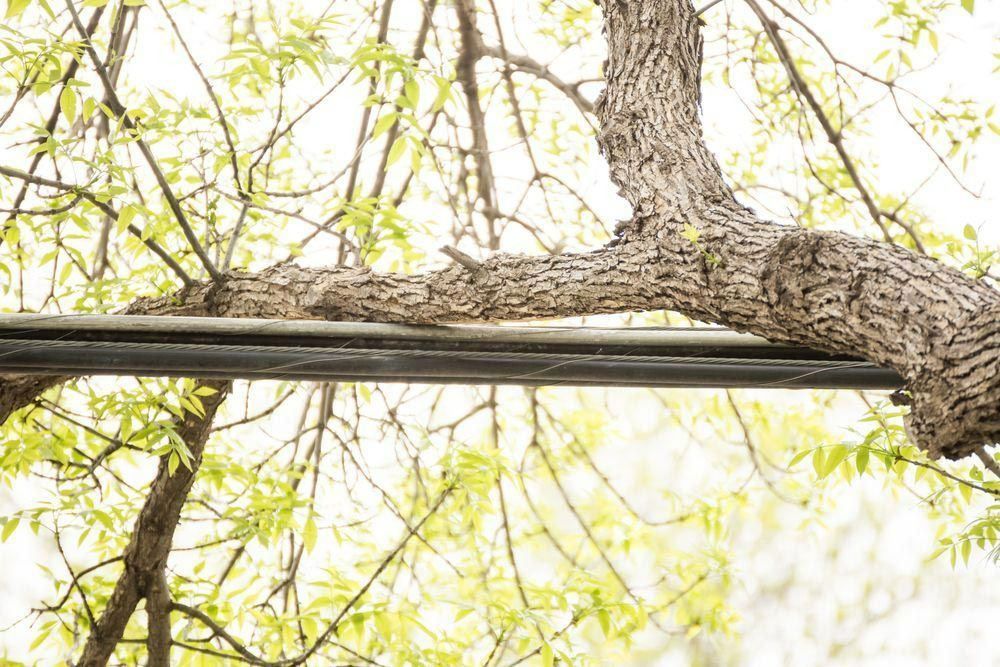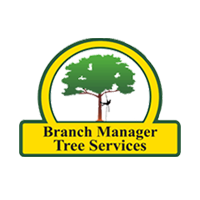7 Signs You May Need To Remove A Tree

Trees bring beauty to our surroundings and are important to our eco-system. However, there are instances when a tree's presence can pose risks or become more of a nuisance than an asset. As a responsible homeowner, it's important to be aware of the tell-tale signs that indicate it's time to remove a tree from your property. In this blog, we will explore the key indicators that should prompt you to consider tree removal.
1. Dead or Dying Branches
One of the most obvious signs that a tree may need to be removed is the presence of dead or dying branches. These branches can pose a risk, especially during storms or high winds, as they are likely to break and fall. If you notice an abundance of dead or dying branches, consider removing the tree before it becomes a hazard to your property or the people around it.
2. Leaning or Unstable Tree
A tree that is leaning excessively or appears to be unstable can be a cause for concern. This could indicate root damage or structural issues within the tree. If you notice that your tree is leaning significantly, especially towards your home, utility lines or other structures, get it inspected by professional arborists. They can assess the stability of the tree and determine whether removal is necessary to prevent any potential accidents or property damage.
3. Decaying or Hollow Trunk
A decaying or hollow trunk is a clear indication that a tree is in a state of decline and may need to be removed. Decay can weaken the tree's structural integrity, making it susceptible to breakage or falling. If you notice signs of decay, such as soft or crumbling bark, fungi growth or cavities within the trunk, it's best to consult with an arborist.
4. Pest Infestation
Common pests, such as termites, can cause severe damage to the internal structure of a tree, making it weak and vulnerable. If you notice signs of pest infestation, such as visible tunnels or sawdust-like material around the tree base, address the issue promptly. Sometimes tree removal may be required to prevent the spread of pests to other healthy trees in the vicinity.
5. Excessive Tree Damage
Trees that have suffered significant damage, such as extensive splitting or large wounds, may not be able to recover fully. While minor damage can often be cured through proper pruning and care, severe damage can compromise the tree's overall health and stability. If the damage is extensive and irreversible, it's advisable to consult with an arborist to assess whether tree removal is the best course of action.
6. Outgrowing Its Surroundings
Sometimes, trees can outgrow their surroundings or interfere with nearby infrastructure. If a tree's growth obstructs pathways, driveways or structures, it may become a hindrance. In such cases, tree removal may help restore functionality and prevent further damage. Always consult with a professional to evaluate the situation and explore alternative solutions before deciding on removal.
7. Disease or Infection
Diseases and infections can take a toll on the health and vitality of a tree. Common diseases, such as Dutch elm disease or oak wilt, can spread rapidly and cause irreversible damage. If you notice signs of disease, such as discolouration, wilting leaves or unusual growth, seek expert advice.
Professional Tree Removal Services on the Sunshine Coast
When it comes to tree removal, it's important to entrust the task to professionals who possess the necessary expertise and skills. At Branch Manager Tree Services, we are experienced in the efficient removal of trees, ensuring that your property remains safe. If you are unsure about whether a tree on your property should be removed, don't hesitate to reach out to us. Our team will assess the situation and recommend the most appropriate solution for your specific needs.











